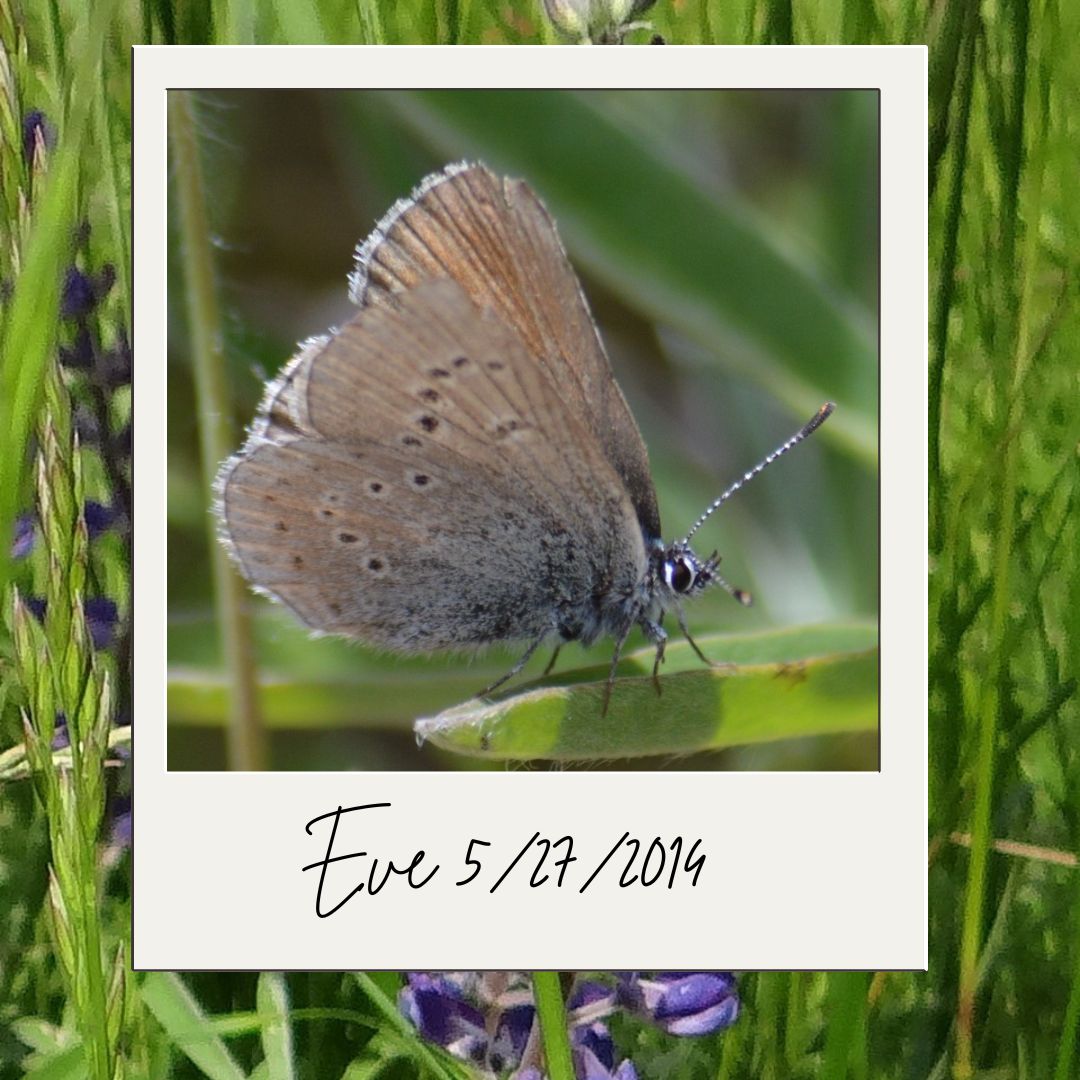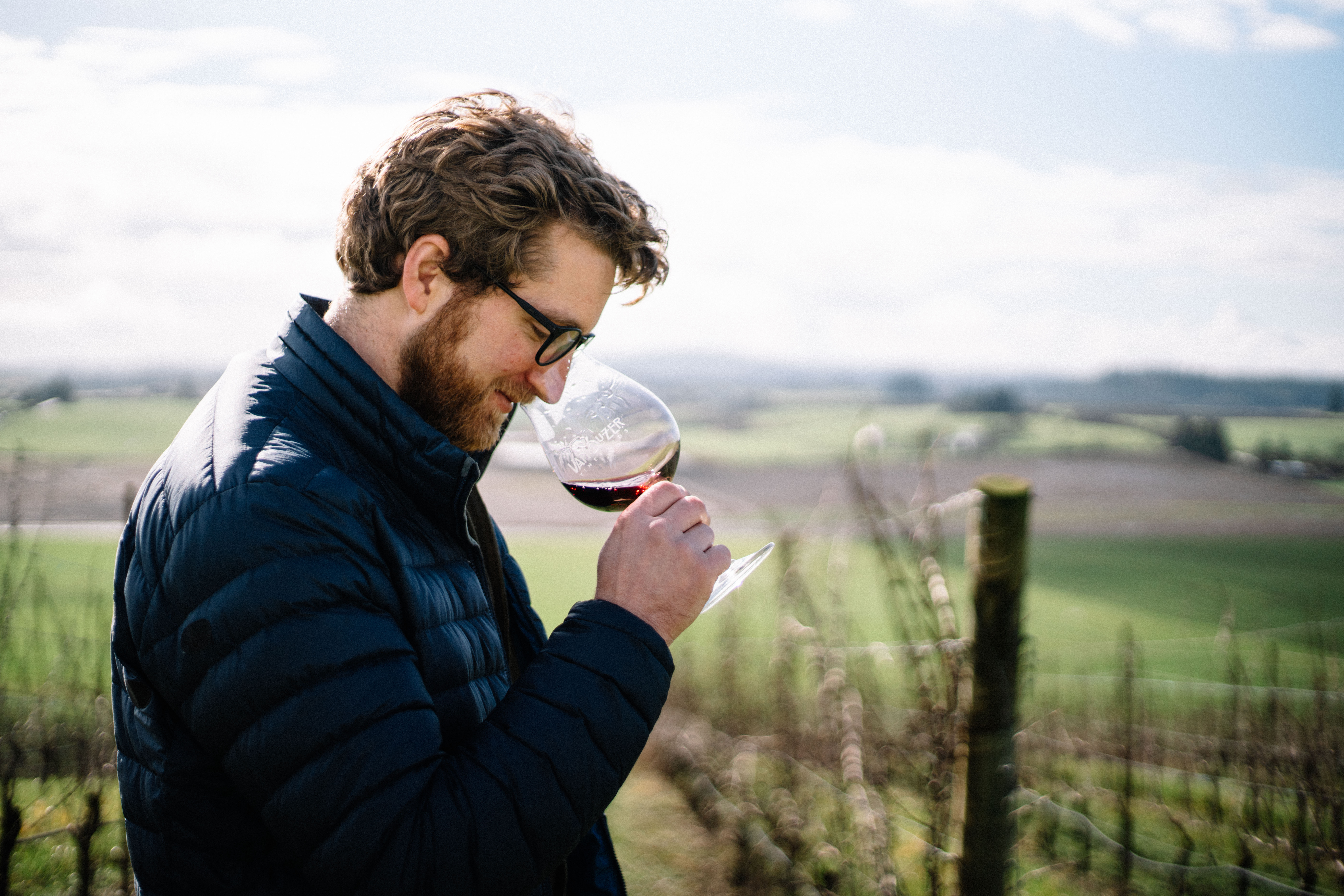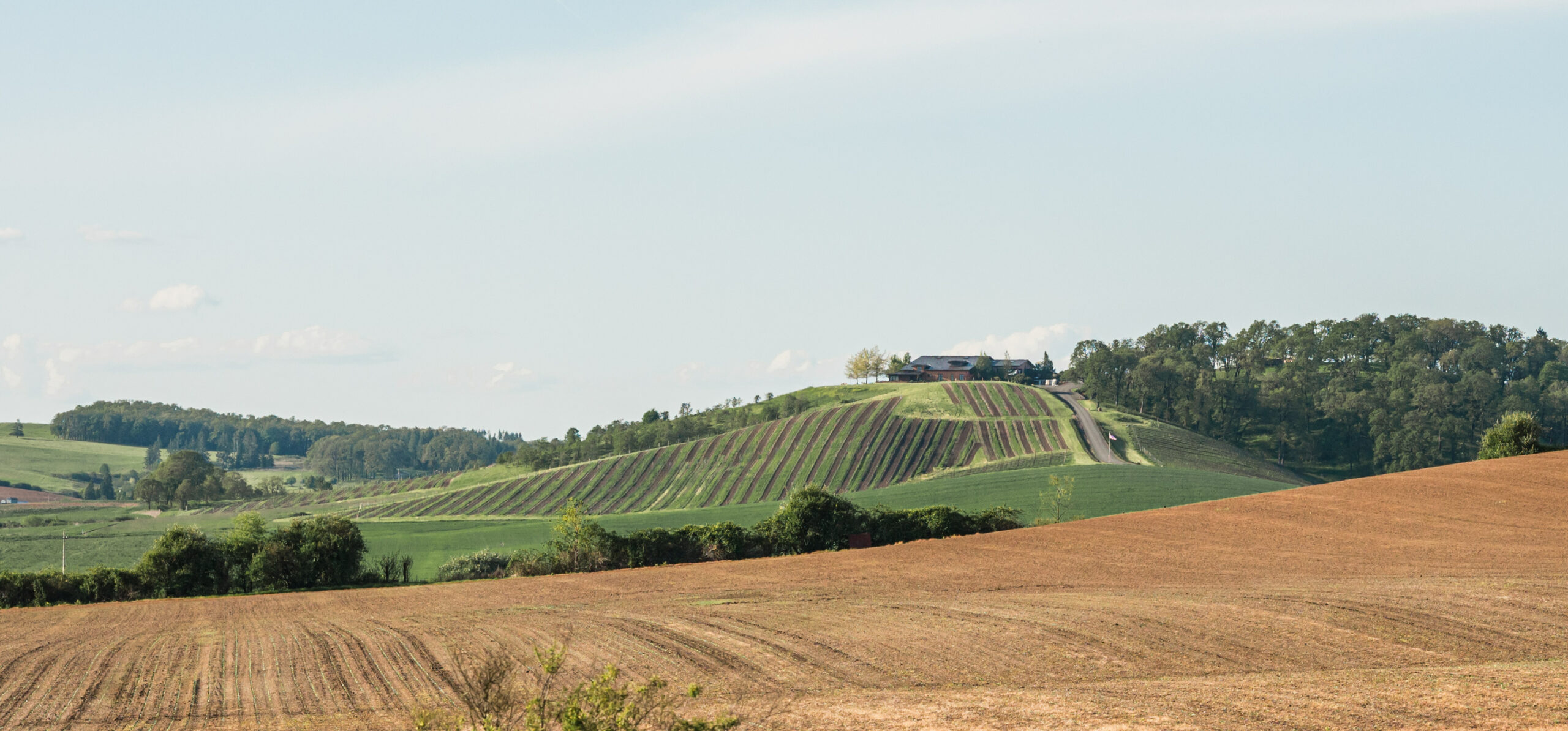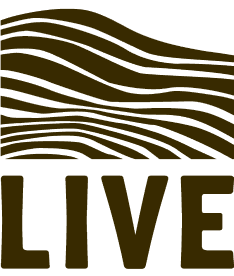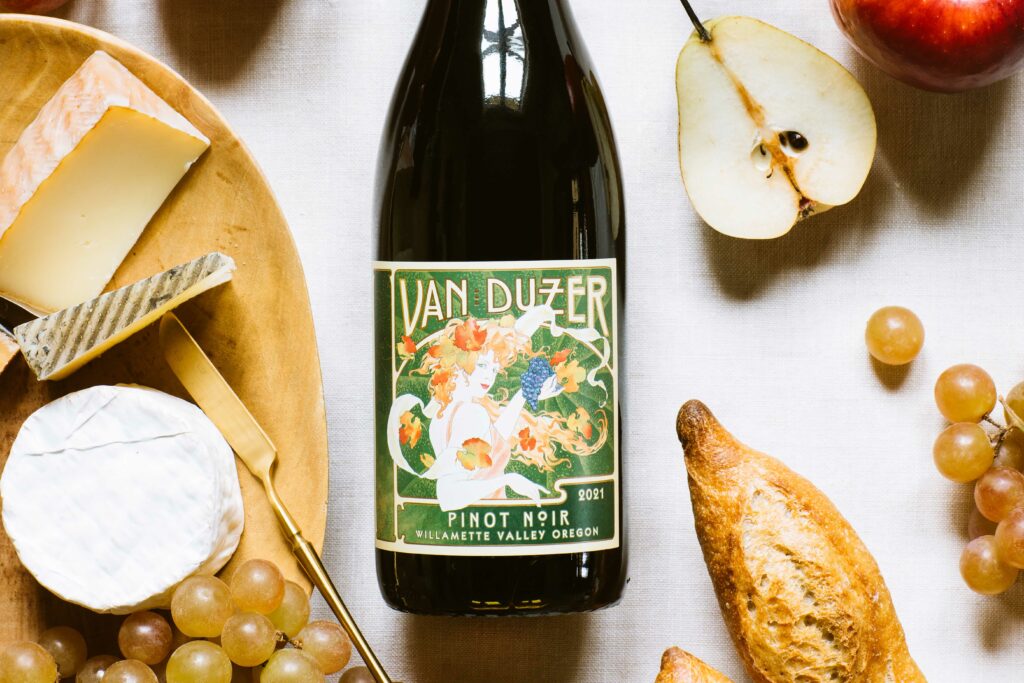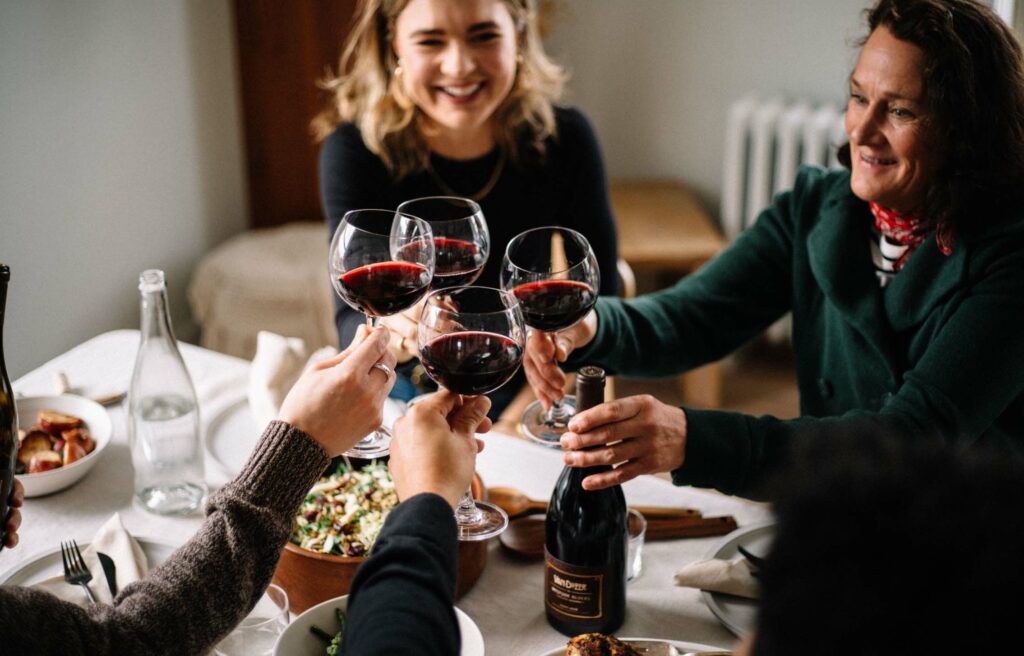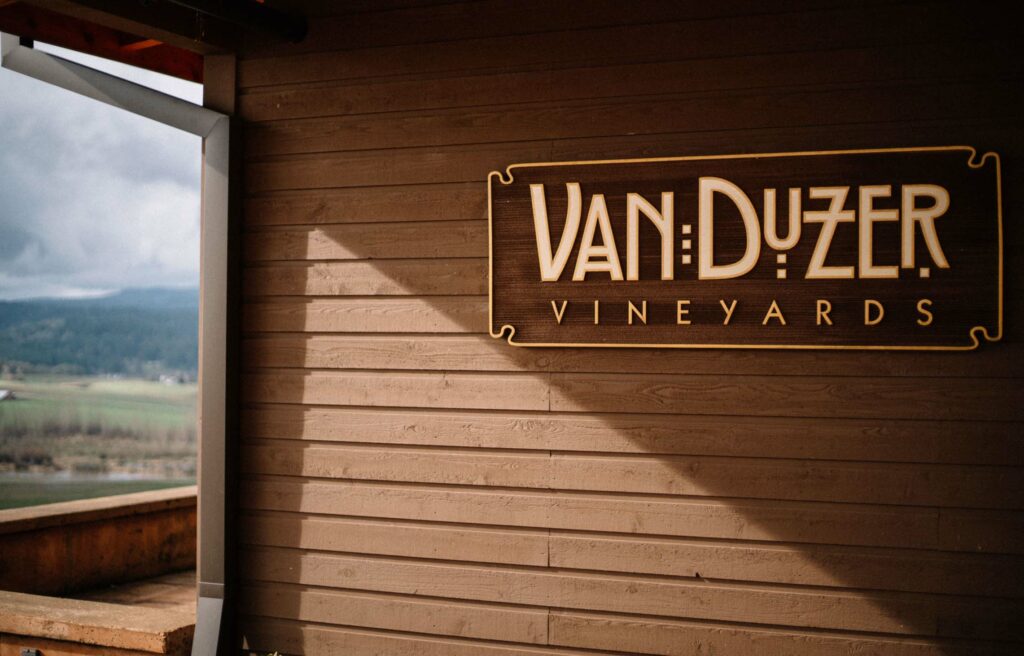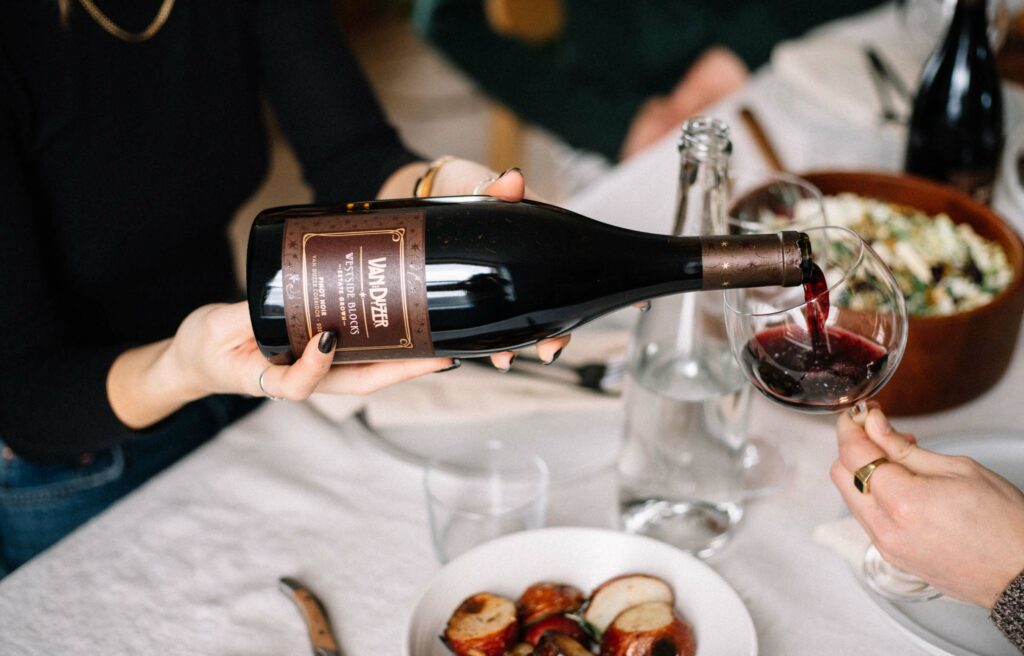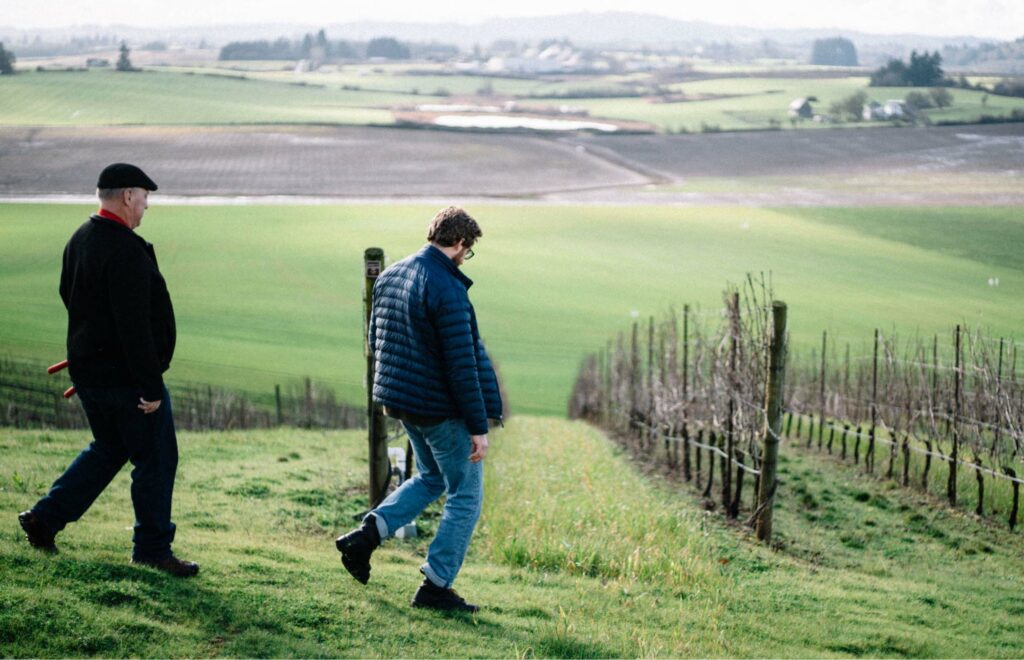This Friday, May 17 is World Endangered Species Day, and today and we wanted to introduce you to Eve — a little blue butterfly who’s made a big impact on all of us here at the winery. Since 2009, we have worked hand-in-hand with the U.S. Fish & Wildlife Service and our neighbors at the Baskett Slough National Wildlife Refuge to bolster populations of the Fender’s Blue butterfly, a thought-to-be-extinct species whose only known habitat on earth are the upland prairie landscapes of the Willamette Valley.
This led to a major win for conservation efforts in 2023 when the butterfly became only the second insect species to be downlisted from ‘endangered’ to ‘threatened’ in the history of the Endangered Species Act (signed into law in 1973). A sighting of a single Fender’s Blue butterfly by an Oregon U.S. Fish & Wildlife serviceperson near Corvallis in the early 2000s inspired the agency to secure a $35M federal grant towards the species’ conservation and repopulation.
We were an early signer of the resulting Landowners Cooperative and Safe Harbor Agreements in 2009, which established a cohort of local landowners willing to take guided action to protect and expand Fender’s Blue populations. At the time, our vineyard had no known Fender’s Blue butterflies present on its 82-acre estate vineyard. However, our neighbors at Baskett Slough National Wildlife Refuge had a handful of confirmed sightings that year, a promising sign. With the help of U.S. Fish & Wildlife Service staff, we began clearing an upland prairie landscape on our property of its invasive blackberry and scotch broom overgrowth. Both hide and hinder healthy populations of a fragile flower crucial to the lifecycle of the Fender’s Blue–the Kincaid’s lupine–the sole plant species on which female Fender’s Blue butterflies lay their eggs.
Our property had a fledgling growth of lupines already, but new plantings of the Kincaid’s variety, as well as of other plants that attract the Fender’s Blue, were introduced. Despite the transformative clearing and planting efforts completed in 2009 and ongoing stewardship of the prairie, no Fender’s Blue butterflies were recorded on Van Duzer’s estate in 2010, 2011, 2012, or 2013. Then, in 2014 during the insect’s extraordinarily short laying season (typically two weeks in mid-May), a U.S. Fish & Wildlife staffer confirmed Van Duzer Vineyards’ first ever resident Fender’s Blue butterfly, a pregnant female who had perfectly laid her eggs on a single Kincaid’s lupine. Van Duzer’s Vineyard Manager Bruce Sonnen named her “Eve.”
“It was an incredible moment,” says Bruce. “We were jumping and hollering; we just couldn’t believe our eyes. The servicer was beside himself. He must have taken 150 photos of her.”
Eve’s sighting in 2014 was followed by two more in 2015, then four in 2016, then sixteen confirmed Fender’s Blue butterflies in 2017, and populations have continued to rise, culminating in the removal of the insect from the endangered species list last year. We were thrilled to win the Hero of Salmon award from Salmon Safe in recognition of these efforts.
Equally as exciting? Bruce says that our conservation efforts, once aimed solely at the proliferation of the Fender’s Blue butterfly, have had a multitude of unexpected benefits. After his hiring in 2012, Bruce adopted what he calls “flash grazing” of sheep in the butterfly’s prairie habitat. He runs a rented flock of 120 to 150 adult sheep in the area ahead of the Fender’s Blue high season each year and after beneficial grasses and flowers pollinate. The sheep consume plant material (biomass), digest, and then deposit nutrient-dense fertilizer which regenerates the soil and supports the healthy germination cycle of the Kincaid’s lupine.
The sheep take care of problematic invasive species while they’re at it, and they expose wider swaths of the landscape, which has benefitted several other native species. We now have multiple resident Acorn woodpeckers who can consistently gather acorns from the cleared ground where blackberry brambles had previously obscured them. The prairie has also attracted increased populations of the Western Bluebird and the Oregon Vesper Sparrow which builds cone-shaped nests that lie directly on the ground. Female Oregon Vesper Sparrows typically lay their eggs in mid-May, just like the Fender’s Blue butterfly.
“I never dreamed when I started at Van Duzer that I would work on a project that would affect the survival of a species,” Bruce shares. “In the end, through group collaboration and years of perseverance, we can say the Fender’s Blue butterfly is back. It’s a hopeful thing and I think it’s a great example of the resiliency of nature and the potential for humans to be its allies when we work together.”
Thrilled with the success of our Fender’s Blue butterfly conservation program, we’re now focused on spreading awareness of the rare species, and the story of successful collaboration that saved it, on a reservation-only Nature Hike planned for Saturday, June 8, 2024. The guided hike and wine tasting experience will take guests through our vineyard blocks, as well as to visit the upland prairie habitat of the Fender’s Blue butterfly during its laying season, and will offer the best chance for sightings alongside engaging conversation and an al fresco tasting of our estate wines paired with cheese and charcuterie.

